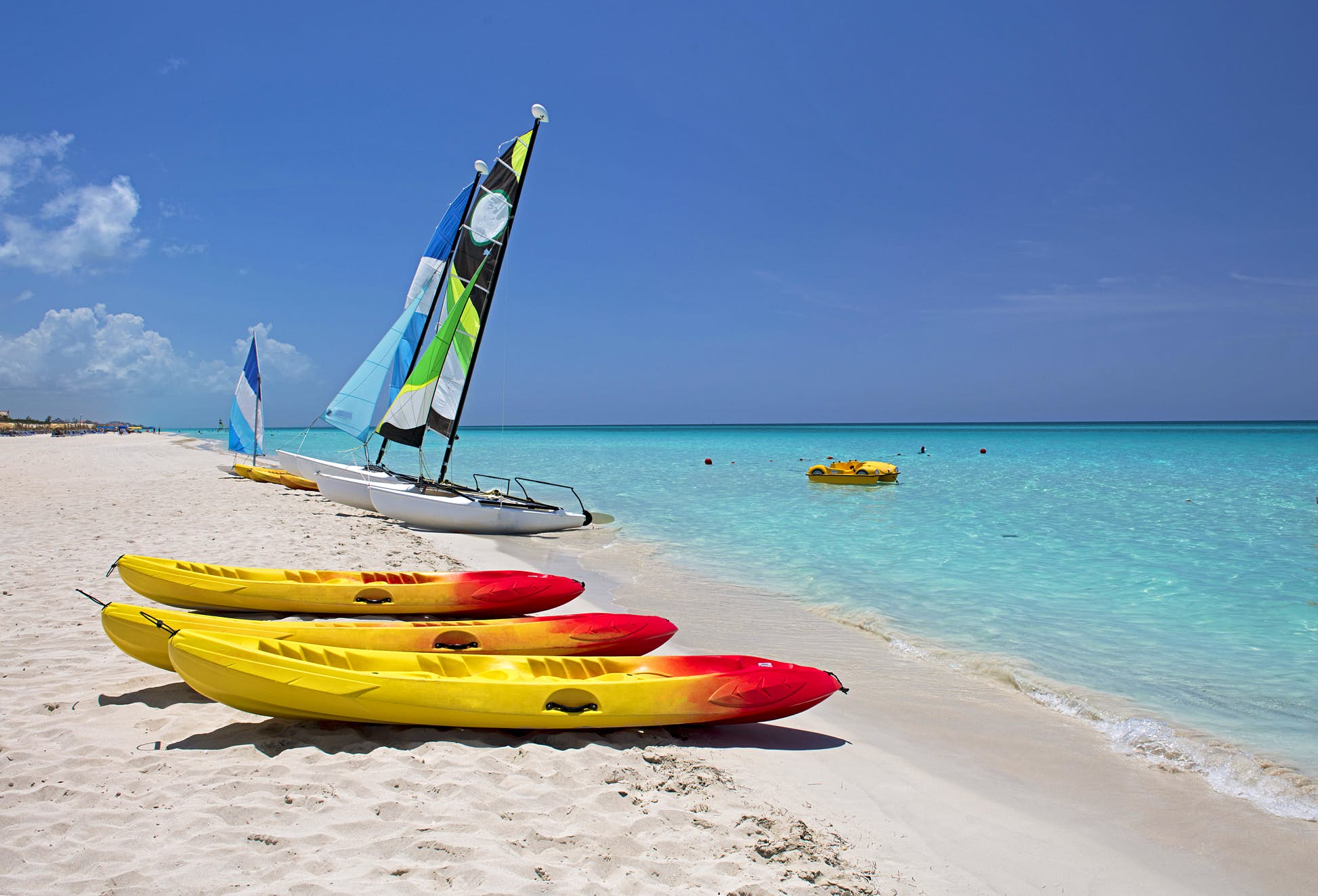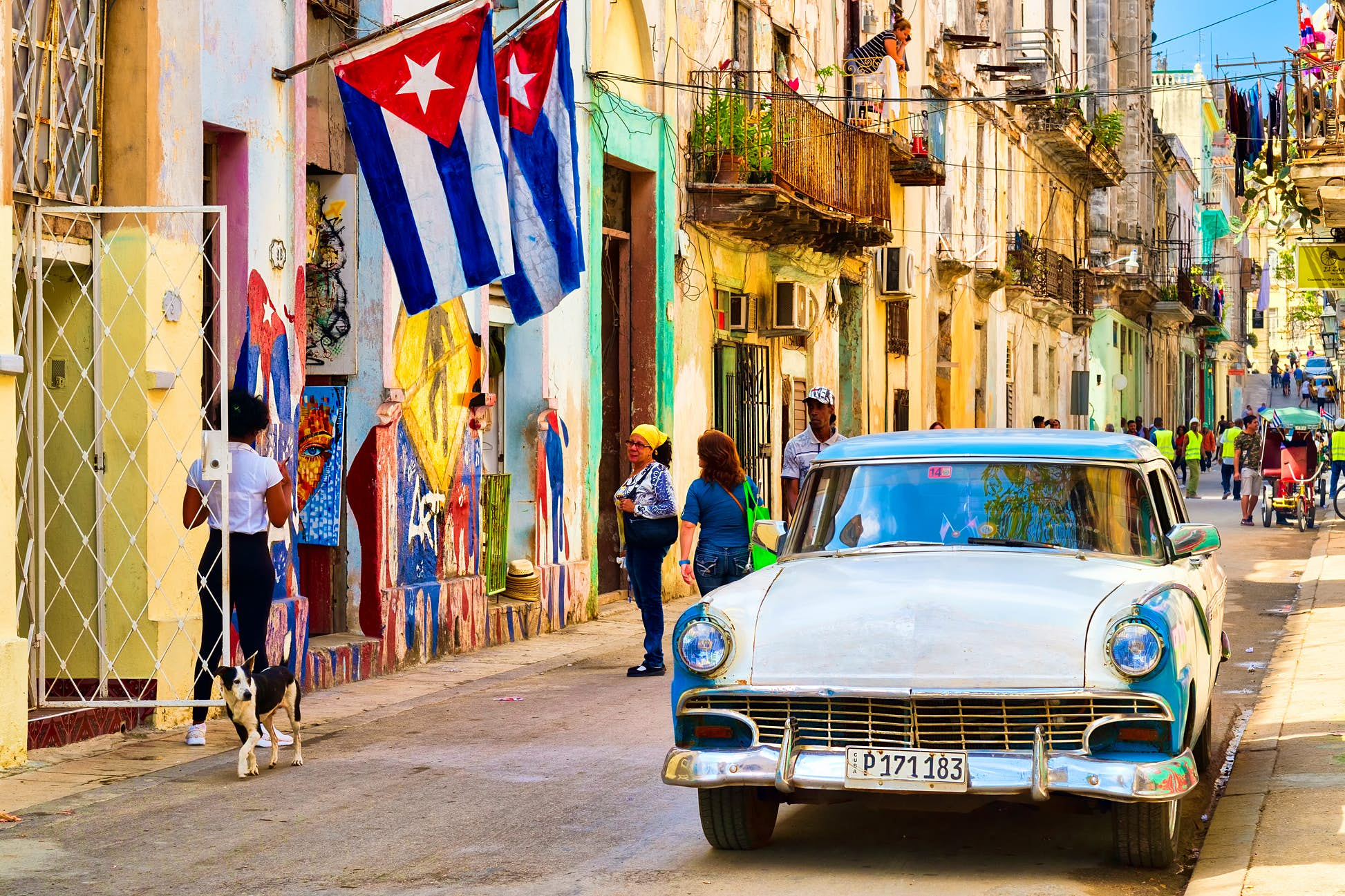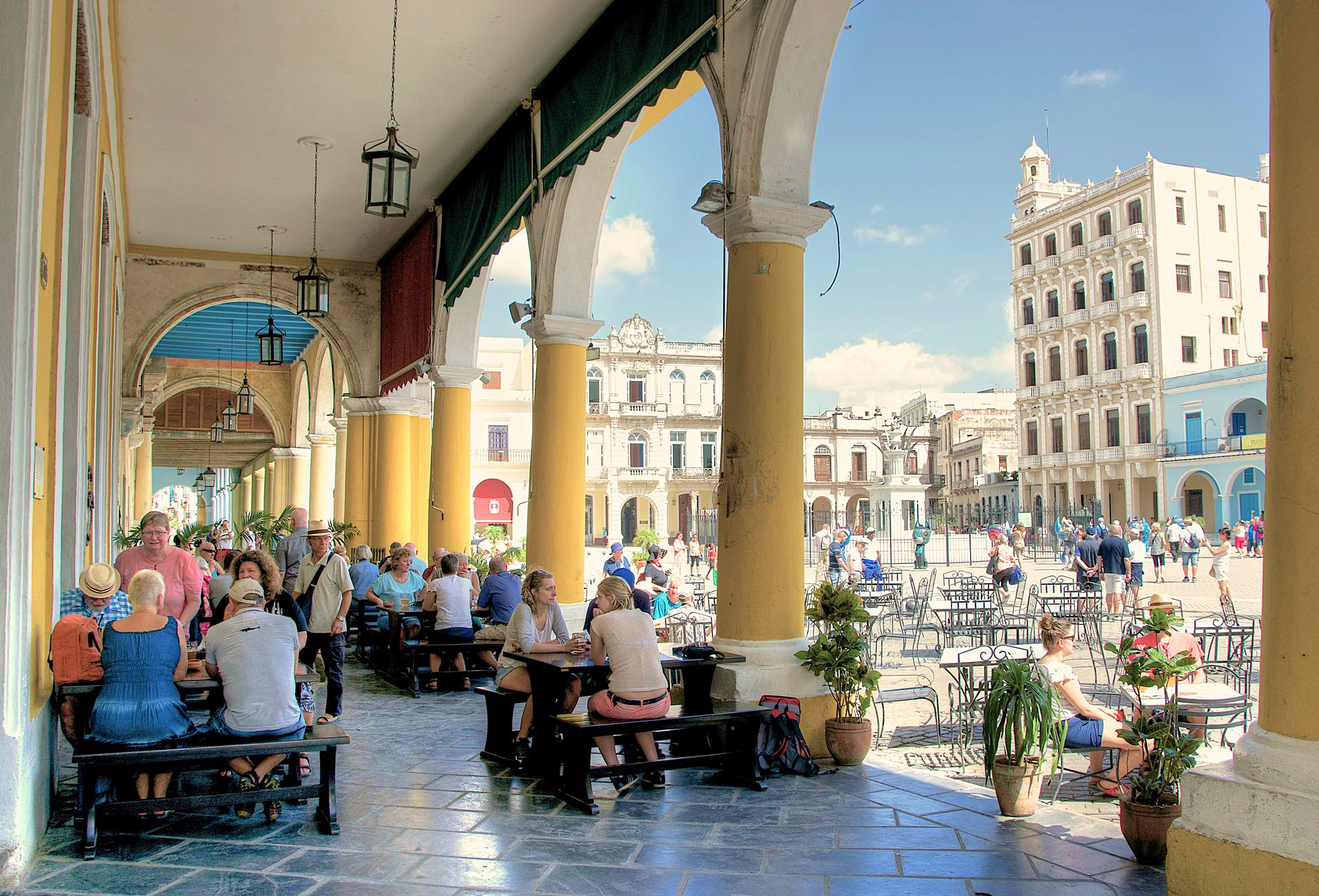
How Cuba plans to reopen for tourism
TripFalcon June 17, 2020
Last Update: 2020-06-17 05:42:32With only one COVID-related death recorded since 30 May, the Cuban government has announced tentative plans to reopen for tourism, the country’s second-biggest money-earner after healthcare. The reopening will be split into three phases with the first phase – touted to begin in late-June – allowing Cubans to travel domestically around the country for the first time since March. International tourists will be welcomed in phase two (roughly scheduled to start at the end of August) but will face several caveats.
Initially, Cuba’s small regional airports will only be open to charter flights from overseas and tourism will be limited to specific resort enclaves. Arriving passengers will be bussed directly to all-inclusive tourist hotels on Cuba’s outlying keys (islands), namely Cayo Coco, Cayo Guillermo and Cayo Santa María on the north coast and Cayo Largo del Sur in the south. At this stage, Varadero, the country’s largest resort, will remain closed to non-Cubans. Havana and the rest of the country’s mainland towns and cities will also be off-limits to vacationers until phase three. A precise reopening date for this final stage has not yet been determined.

Beautiful Varadero beach, Cuba © majaiva/Getty Images
At airports, all arriving travellers will be given mandatory PCR (swab) and temperature tests. In hotels, special health clinics will regularly monitor guests in case of illness. Anyone who tests positive for COVID-19 will be immediately hospitalised. Hotels have been rigorously reviewing their sanitary protocols in recent weeks. The Spanish Meliá chain which co-runs over 40 hotels across the country has teamed up with inspection and certification company, Bureau Veritas to ensure their facilities are adequately modified for social distancing and hygiene. Initially operating at reduced capacity, resorts will be staffed by bussed-in Cuban hotel workers who will be tested and, if necessary, quarantined at the end of every two-week working shift.
Outside of government-run resorts, casas particulares (homestays) and restaurants will have to wait until phase three before they can reopen to foreign travellers. These small private businesses, which receive little domestic trade and rely heavily on money from overseas visitors, have experienced a precipitous decline in income since the tightening of US travel rules in 2019. COVID-19 has seen business dry up altogether.

Havana will remain off-limits to international visitors until phase three © Kamira/Shutterstock
Many homestay and restaurant owners are hoping that the government will loosen stiff taxes and restrictions that characterize Cuba’s bureaucratic economy. Notwithstanding, without foreign visitors, countless small operators, from taxi drivers to room renters, face acute financial hardship and could go out of business. Private entrepreneurs are hoping for some relief before the end of the year. Peak holiday season in Cuba runs from mid-November to late-March when vacationers traditionally arrive from Canada and Europe.
In recent months, shortages and long lines outside shops have become a common sight in Cuban towns and cities. COVID-19 has taken a sledgehammer to an already precarious economic situation exacerbated by an ongoing US trade embargo and the demise of Cuba’s once buoyant trading partnership with Venezuela. As a result, the authorities are keen to encourage travellers back to the country’s resorts, beaches, and colonial towns as soon as possible. Tourism is the main pillar of the nation’s economy amounting to over 10% of GDP.

Visitors sitting at a cafe in Plaza Vieja (Old Square): tourism is the mainstay of the Cuban economy © Alarax/Shutterstock
Thankfully, on the healthcare front, the country has made big strides in stifling the coronavirus pandemic, particularly compared to other Latin American nations. Benefiting from one of the highest doctor/patient ratios in the world, the Cuban health service has employed dedicated groups of medical professionals to trace, track and isolate COVID-19 cases by going door to door. With active cases now dropping to below 200 from a peak of 800, their efforts are paying off.

